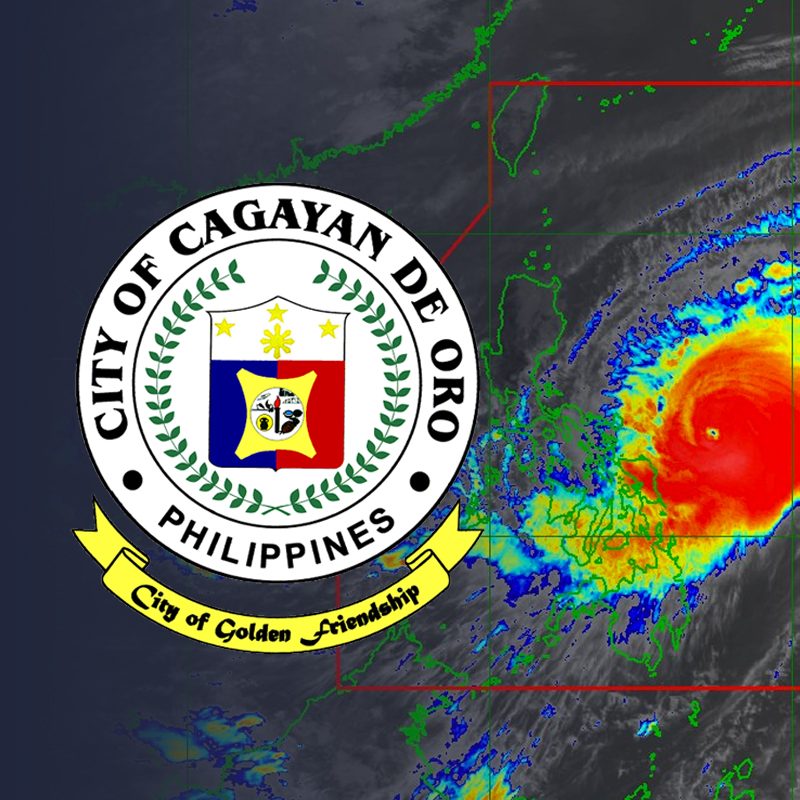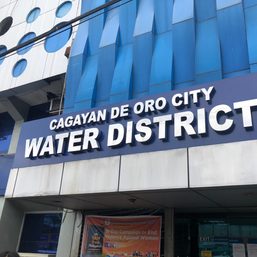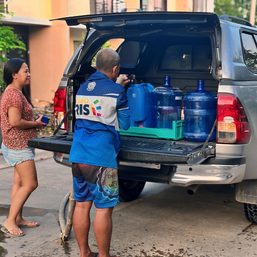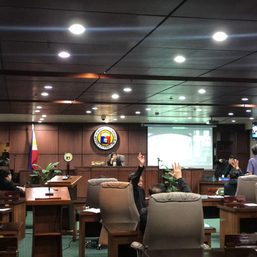SUMMARY
This is AI generated summarization, which may have errors. For context, always refer to the full article.

Dark clouds hovered over Mindanao, bringing intermittent rain and making the Cagayan de Oro city government edgy over prospects of widespread flooding, even if the state weather bureau terminated its rainfall advisory for the country’s second largest island.
Weather conditions remained the same in Cagayan de Oro and many parts of Mindanao on Sunday afternoon, April 18. This was after Typhoon Bising (Surigae) spawned intermittent rains, at times heavy, late Saturday afternoon, April 17, and in the evening. It was still cloudy, and it rained lightly in some parts of Bukidnon around noon Sunday.
City hall spokesperson Maricel Rivera said the local disaster risk reduction management group would still monitor the water levels of two major rivers in the city – the Cagayan and Iponan rivers – until they see no more threat even if Bising moved away towards the north.
“Ang tibuok Mindanao nagpabiling apektado sa Bagyong Bising, ug tungod niini makasinati sa madag-umon nga kalangitan inubanan sa katag-katag nga pag ulan, kilat ug pagpanalugdog,” read a city hall advisory after the weather bureau terminated its rainfall advisory. (Mindanao is still affected, and because of this, expect cloudy skies, scattered rains, thunderstorms.)
Although the water levels were normal this morning, officials are not taking chances because the two rivers have a history of causing widespread destruction even at times when they were least expected to overflow.
Rivera said city hall continued monitoring the weather, and water levels even of rivers beyond Cagayan de Oro.
Of particular concern are the Bukidnon upland towns of Talakag, Baungon, Libona, and Manolo Fortich, and the rivers that traverse through these municipalities.
Rivera said Cagayan de Oro, geographically, is the catch basin of these Bukidnon towns.
She said a heavy downpour in Talakag and Baungon towns is enough to make the Cagayan River’s water level to rise rapidly just like in December 2011 when Tropical Storm Sendong (Washi) caused the worst environmental disaster in the city in recent years. That year, rampaging floodwaters flattened many communities, crippled public utilities, and killed thousands in Cagayan de Oro.
Rivera said the eastern parts of the city, particularly the urban villages of Lapasan up to Bugo, also get flooded whenever it rains hard for hours in the neighboring towns of Libona and Manolo Fortich, also in Bukidnon.
“It doesn’t have to rain in Cagayan de Oro for its rivers to overflow,” environmentalist Bencyrus Ellorin told Rappler.
Ellorin cited the unusual rapid rise in the water level of the Bubunawan River that caused flashfloods in Baungon, Bukidnon, on April 14. He said the weather was relatively fair in Cagayan de Oro that day, but the river’s water level rose by 1.59 meters in just 40 minutes of heavy downpour, spawned by a local thunderstorm in neighboring Bukidnon province.
He said an aggravating factor is Cagayan de Oro’s 135-square kilometer watershed that has receded through the years due to loggings. The Cagayan de Oro watershed stretches up to Mount Kitanglad and Mount Kalatungan in Bukidnon, two of the highest mountains in Mindanao.
Ellorin said unsustainable agriculture without regard for soil and water conservation especially by large plantations in the Bukidnon plateau, and rapid urban development and reclaimed wetlands in Cagayan de Oro have proven to be a recipe for environmental disaster.
Aggravating this, according Ellorin, is the city’s poor drainage systems network.
“The drainage system can no longer cope. Hopefully, the drainage projects (of the Department of Public Works and Highways) that are set to be completed next year could mitigate urban flooding,” Ellorin said. – Rappler.com
Editor’s Note: An earlier version of this story said Tropical Storm Sendong (Washi) happened in 2009. We have corrected the year to 2011.
Add a comment
How does this make you feel?




There are no comments yet. Add your comment to start the conversation.